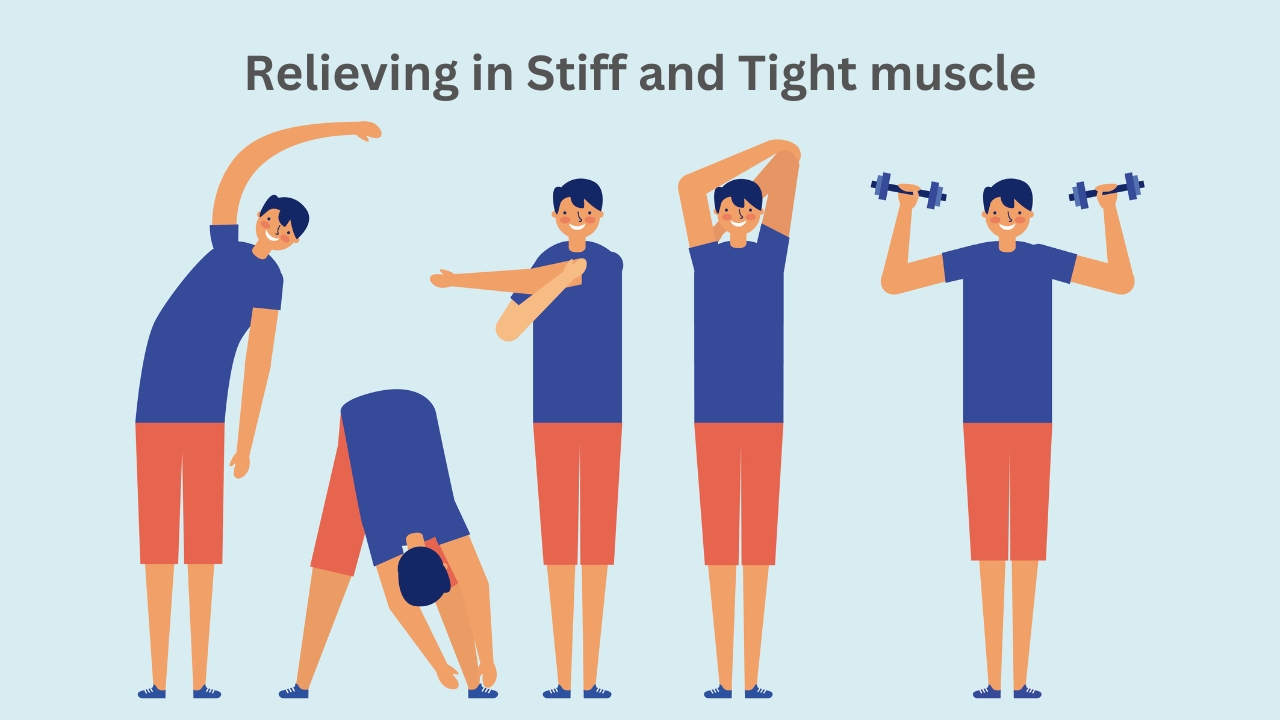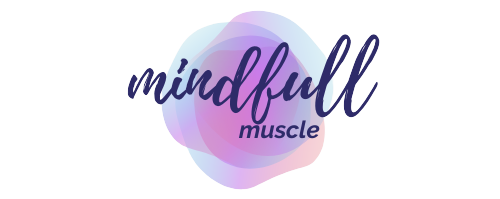Unveiling the Profound Impact: How Stiff and Tight Muscles Precipitate Back Pain (2)

Understanding How Stiff and Tight Muscles Contribute to Back Pain: Causes and Solutions
Back pain, a prevalent and often debilitating condition, has
the potential to disrupt our daily lives and well-being. While various factors
contribute to this discomfort, the role of stiff and tight muscles in
triggering or exacerbating back pain is frequently underestimated. This article
delves into the intricate relationship between these muscular issues and back
pain, exploring the underlying mechanisms and providing actionable insights to
alleviate and prevent such discomfort.

Understanding the Role of Stiff and Tight Muscles.
Stiff and tight muscles are more than just physical is conveniences; they can serve as significant catalysts for back pain. These muscles, when tense, create a cascade of effects that can reverberate throughout the body, culminating in discomfort. By pulling on the surrounding structures, including the spine itself, these muscles can disrupt the alignment of the skeletal system. As a result, the spine may deviate from its natural curvature, leading to discomfort ranging from a persistent ache to acute pain.
Furthermore, the constrained nature of stiff and tight muscles translates into reduced flexibility and a narrower range of motion. This restricted movement compels the body to compensate by overexerting other muscles and joints, creating strain that ultimately results in pain and discomfort. Given the back’s crucial role in supporting the spine and maintaining proper posture, such strain can be particularly distressing in this region.
Beyond these effects, tight, stiff muscles have the power to disrupt the spine’s natural curvature, causing an imbalance in how weight and pressure are distributed. This imbalance places heightened stress on specific areas of the spine, leading to pain and discomfort. Additionally, the tension in these muscles can impede the circulation of blood and the flow of vital nutrients to the affected regions, further intensifying the pain experienced.
In essence, the constricted, inflexible state of muscles sends ripples through the body’s biomechanics, setting off a chain reaction that can trigger or escalate instances of back pain. Addressing this issue requires targeted approaches like stretches, exercises, and relaxation techniques aimed at reducing muscle tension, fostering relief, and bolstering the overall health of the spine.
The Mechanism at Play: Tension and Misalignment
An effective analogy for understanding the interaction between tight muscles and back pain is that of puppetry. Imagine the muscles as interconnected strings, each influencing the movement and positioning of the skeletal structure. When these strings are taut and unyielding, the puppet’s motions become strained and unnatural. In our bodies, these ‘strings’ translate to muscles that, when in a state of tension, can pull the spine out of its optimal alignment.
This misalignment initiates a domino effect of distress. As the spine’s position shifts, it can impact the nerves, joints, and tissues nearby. This, in turn, can lead to sensations of discomfort that extend from the lower back all the way up to the neck, disrupting not only physical comfort but also daily functionality.
Tight and stiff Muscles and Their Impact on Flexibility

The implications of tight muscles extend beyond their immediate location; they affect the body’s overall flexibility and range of motion. Tension restricts movement, compelling the body to compensate for the reduced mobility. This compensation often places strain on other muscles, ligaments, and tendons, leading to further discomfort and pain.
This cycle of strain and discomfort can become self-perpetuating. Tight muscles create discomfort, which leads to further muscle tension as the body tries to protect itself from perceived threats. Over time, this can lead to chronic pain and a diminished ability to perform even routine activities without experiencing discomfort.
The Spine's Curvature and Imbalance

The spine’s natural curvature serves a vital purpose – it facilitates even weight distribution and absorbs the shocks and stresses of everyday movement. However, tight muscles can disrupt this equilibrium. As certain muscles pull with more force than others, the spine’s curvature may become altered, leading to an uneven distribution of pressure.
This imbalance places excessive stress on specific regions of the spine. Consequently, localized or radiating pain can ensue. The discomfort caused by these imbalances can range from mild to severe, impacting both mobility and quality of life.
Addressing the Issue: Strategies for Relief and Prevention from stiff and tightness

Understanding the intricate relationship between stiff, tight muscles and back pain empowers individuals to take proactive steps toward mitigating the discomfort. Incorporating regular stretching and flexibility exercises into one’s routine can play a crucial role in relieving muscle tension. Practices like yoga and Pilates, known for their emphasis on controlled movements and stretches, can help ease muscle tightness while also improving overall posture and spine health.
Massage therapy and heat therapy are also effective methods for releasing muscle tension and promoting relaxation. These approaches can provide immediate relief and contribute to reducing the frequency and severity of back pain episodes.
Additionally, cultivating mindful breathing techniques can aid in calming both the mind and body, thereby reducing muscle tension. Practicing proper ergonomics in everyday activities, such as maintaining a neutral spine while sitting or lifting objects, can prevent the development of muscular issues that might lead to back pain.
Conclusion
The intricate relationship between stiff and tight muscles and back pain serves as a reminder that seemingly minor physical issues can have a significant impact on our well-being. Understanding the mechanics behind this connection empowers individuals to take charge of their health and make informed decisions about their daily habits and activities.
By prioritizing regular stretches, exercises, and self-care practices, one can alleviate muscle tension and promote a healthier, pain-free back. Proactive measures not only offer relief from current discomfort but also contribute to the prevention of future back pain issues. As we unravel the complex interplay between our bodies and discomfort, we open the door to a more comfortable, active, and vibrant life.



